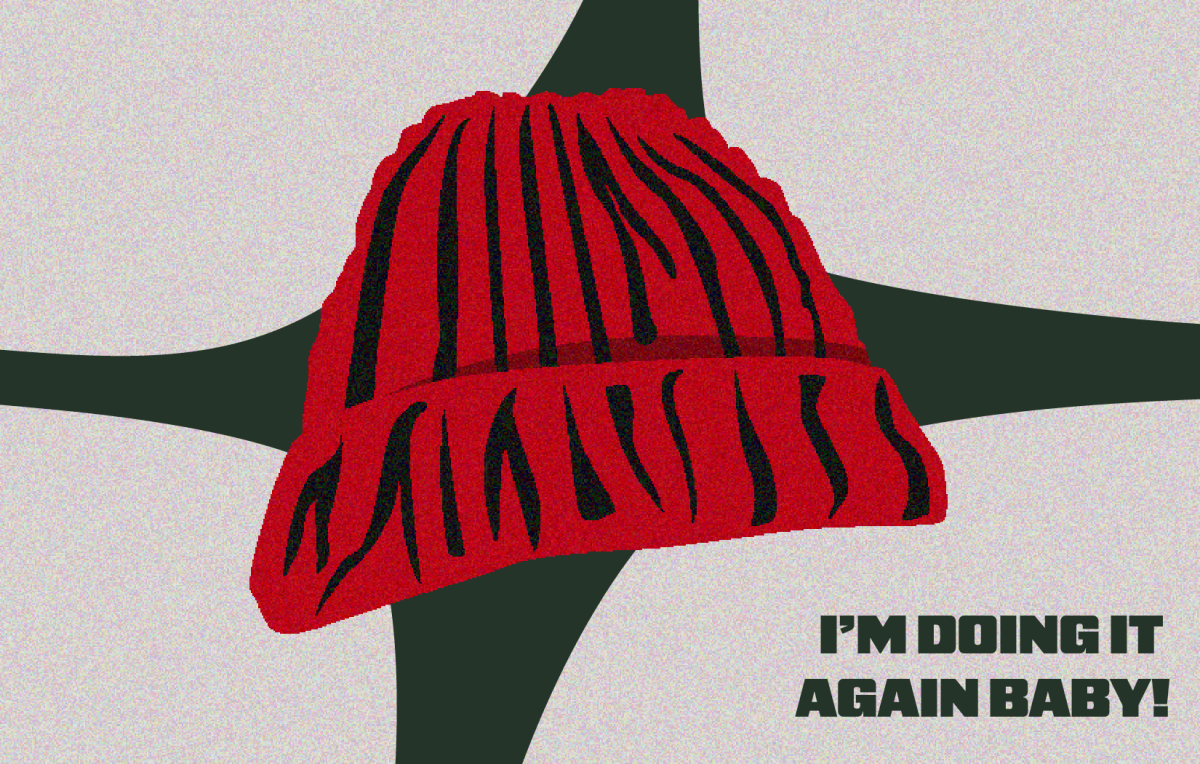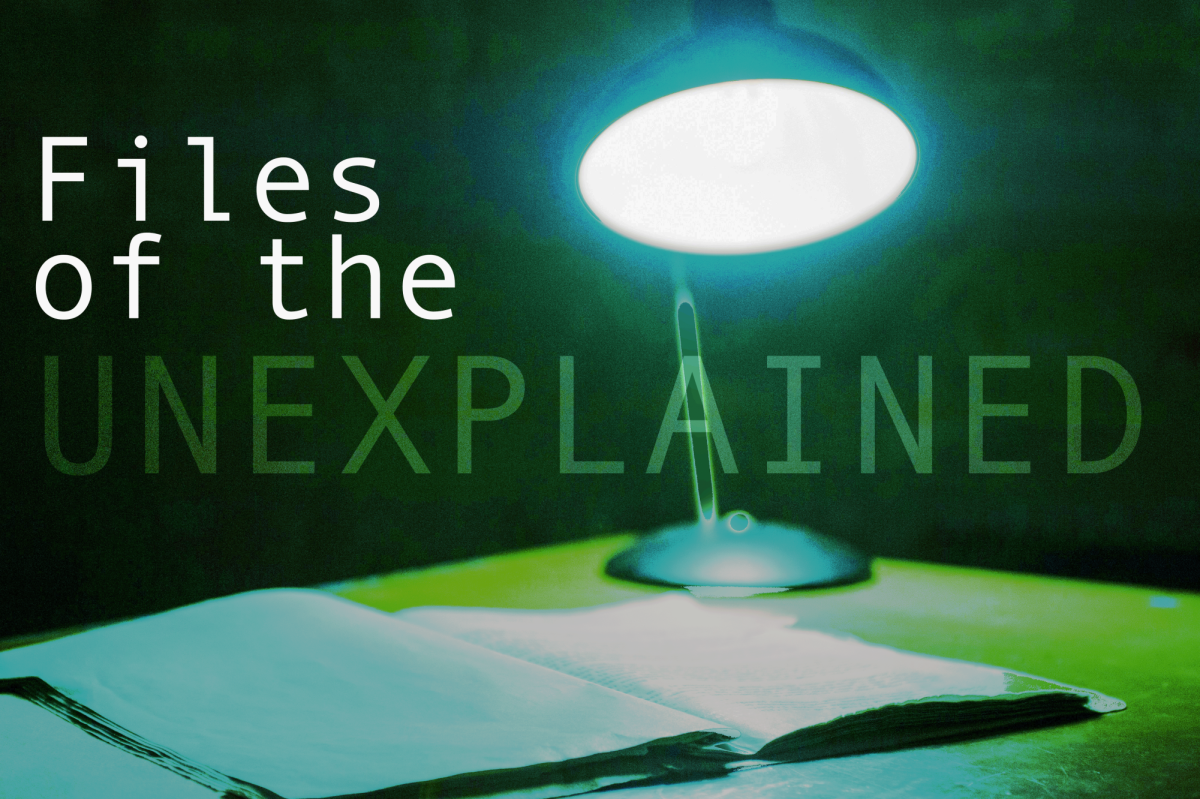Chris Ninow, a sophomore in exercise and sports science, said he feels safe in his classes even though a major fault line runs underneath most of the U campus.
The Wasatch fault is still active and earthquakes occur every day somewhere along the fault, though some of them are never felt. Utah is at high risk for a dangerous earthquake, said Kris Pankow, a research assistant at the U’s seismology station.
Pankow said an earthquake isn’t 100 percent predictable, but residents living along the fault need to be prepared.
Students living in the Residence Halls have emergency procedures created for situations such as earthquakes. Resident Advisers attended emergency preparedness training prior to Fall Semester. The advisers went over a safety procedure plan with their students at the beginning of last semester, said Brandon Patterson, an RA in Officer’s Circle.
In an emergency, the advisers meet with their residents at a pre-determined location. Patterson meets his 11 students at the gazebo in Officer’s Circle. At that point, each adviser calls his or her area supervisor to let him or her know how everyone is doing and if any of the residents are missing.
Ninow said he knows that if an earthquake hits, he should drop and cover and meet his adviser in the parking lot by his building, Sage Point 813, when it’s safe to do so.
Both Patterson and Ninow said because the information was covered at the beginning of Fall Semester, a refresher course would be helpful to ensure that everyone knows what to do in case of an earthquake.
Older buildings on campus can be retrofitted or renovated to meet building codes to make a building more able to withstand seismic activity, said Larry Reaveley, a professor in civil and environmental engineering.
Salt Lake City has a history of seismic activity. According to the Utah government Web site, there have been 16 earthquakes in Utah with a magnitude of 5.5 or higher since 1850. The Utah Seismic Safety Commission released a new booklet this week called Putting Down Roots in Earthquake Country to help explain the importance of being prepared for earthquakes.
There are some simple things U students can do to prepare in the case of a natural disaster. According to the booklet, the most important thing to do before an emergency occurs is to make a plan.
Earthquakes during the past 150 years have been recorded at a smaller magnitude than those during the 5,000-year history of the Wasatch fault. The Wasatch Mountain Range might not exist if there hadn’t been some strong earthquakes to create it.
“If you live in the Midwest it’s tornadoes, if you live in Florida it’s hurricanes, in Utah it’s earthquakes,” Pankow said.
U seismologists study patterns of how often earthquakes occur and determine what is considered normal activity.
“Abnormal seismicity can signal that a large, potentially damaging earthquake is coming, or perhaps a volcanic eruption,” said John Bartley, a geology professor. “However, far more often than not, nothing so dramatic happens.”
Bartley said studying seismic activity is ongoing, and is comparable to finding a cure for cancer. Progress is being made but it is taking a long time and seismic activity might never be understood, he said.
















